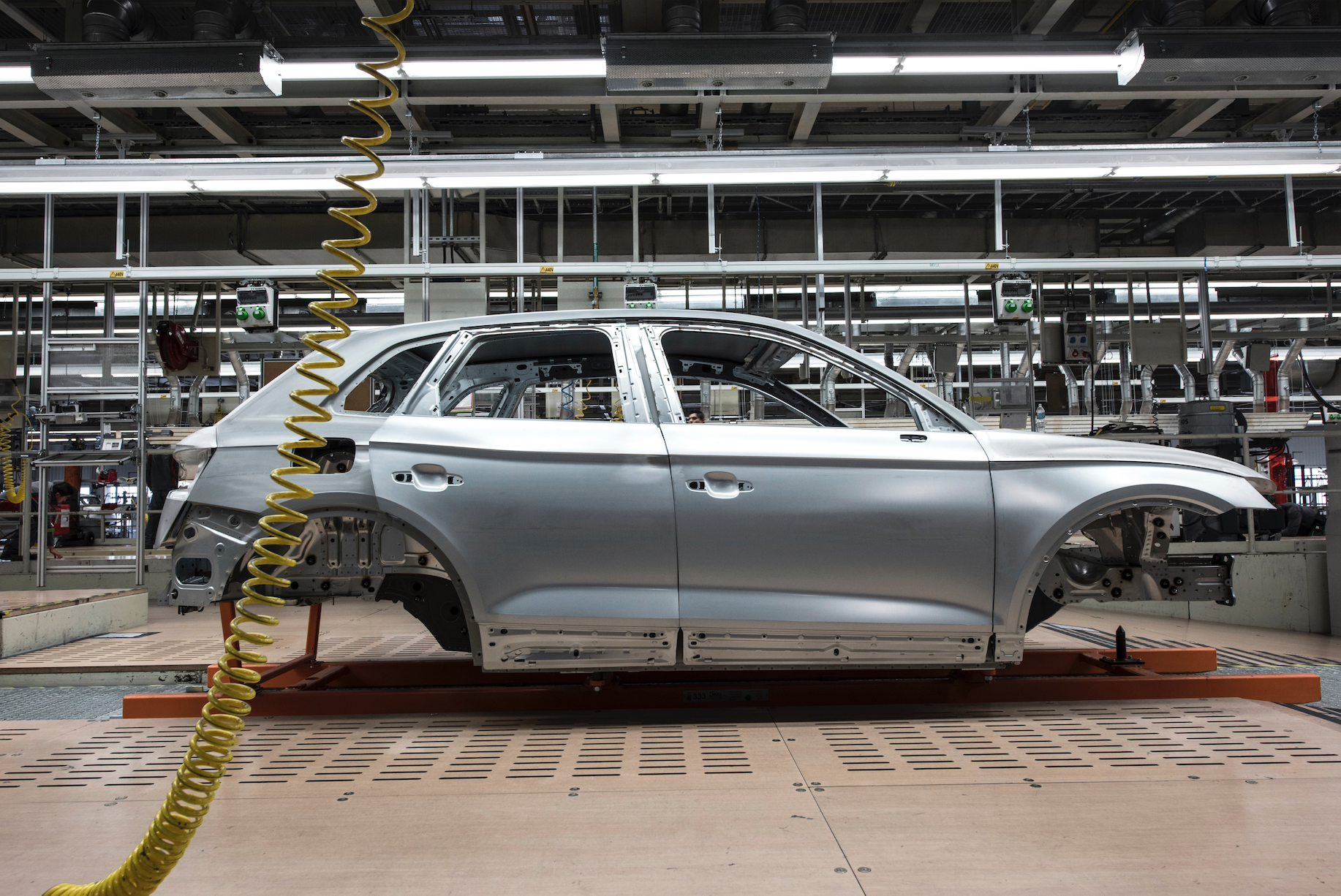In the first half of 2022, China’s automotive industry was hit by supply disruptions, demand contraction and weakening expectations. In particular, blockades in areas such as Jilin and Shanghai caused a cliff-like drop in production and sales from late March to April. Subsequent stimulus policies have enabled the industry to recover since May, and to register a best-ever June performance, Kallanish observes.
Output in June rose further, by 29.7% from the prior month to 2.5 million units, also up 28.2% year-on-year, according to data from the China Association of Automotive Manufacturers (CAAM). Total production in the first six months this year was 12.12m units, a y-o-y decrease of just 3.7%, representing a considerable recovery after being hit by severe lockdowns in April.
In contrast to passenger cars, the performance of commercial vehicles was still sluggish despite a m-o-m rebound. This was due to the high base resulting from the elimination of backward trucks as part of environmental protection policies last year. Also, in H1 this year, infrastructure construction was affected by the epidemic, which also slowed demand for trucks.
Monthly production of new energy vehicles (NEVs), meanwhile, hit a record high at 590,000 units, soaring 130% y-o-y. In H1, output was boosted to 2.66m units, a surge of 120%, and the penetration rate reached 21.6%.
In H2, CAAM expects challenges from chip shortages, high costs of NEVs, fewer policies to promote consumption, and weak commercial vehicles demand.
The association has adjusted its annual auto sales forecast down to 27m units, a rise of 3% y-o-y. Of that, sales of NEVs, passenger cars, and commercial cars are expected to rise 56% and 7%, and decline 16% y-o-y, respectively.
Kallanish Asia






